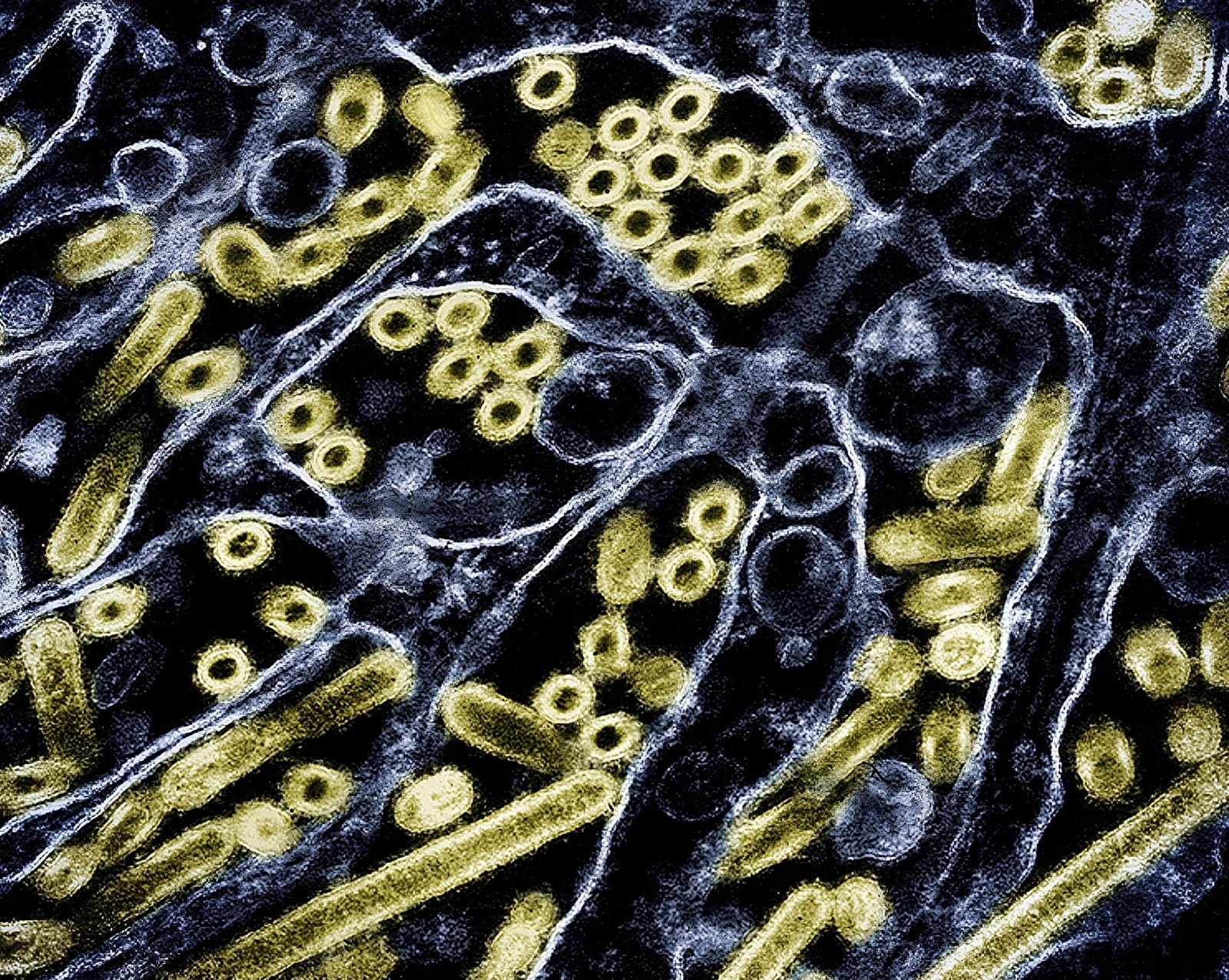A Washington state resident has preliminarily tested positive for bird flu, marking the first human case in the United States in nine months.
The Washington State Department of Health said in a Press release that the patient, who is an older adult with underlying health conditions, developed symptoms including high fever, confusion and difficulty breathing and was hospitalized in early November.
The patient, who lives in Grays Harbor County in the northwest part of the state, is currently being treated at a King County hospital.
No other identifiable information about the patient was provided, including name, age, or gender.
The Washington State Public Health Laboratories are conducting confirmatory testing to verify the results, according to WSDOH. If confirmed, it would be the first human case in the state and the first reported in the US since February.

Colored transmission electron micrograph of avian influenza A H5N1 virus particles.
NIH-NIAID/BSIP/Universal Images Group via Getty Images
An investigation is underway to determine how the patient became infected, including determining whether he came into contact with wild or domestic birds. Public health officials are also contacting anyone the patient may have been in close contact with.
Health officials say there is currently no risk to the public and that WSDOH is working with local health departments and healthcare facilities “to support the investigation.”
“Two things the public really needs to understand about this is that the risk to the general public is very low and we have never had human-to-human transmission,” state epidemiologist Dr. Scott Lindquist said at a news conference Thursday. “We don’t want to be the first, obviously, and we’re going to be careful and make sure we don’t miss out.”
Bird flu, also known as avian influenza, has been present in birds for decades, but in recent years it has begun to infect more and more mammals.
In early March 2024, the US Department of Agriculture announced that a strain of bird flu had been identified this year in several mammals and had sickened millions of birds across the US.
A few weeks later, federal and state public health officials said they were investigating a disease primarily among older dairy cows in Kansas, New Mexico and Texas. Shortly after, the first bird flu infection in a human in the U.S. was reported in a Texas dairy worker.
Since then, there have been at least 70 confirmed human cases in the U.S., not counting the patient in Washington state, according to the Centers for Disease Control and Prevention (CENTERS FOR DISEASE CONTROL AND PREVENTION).
Most human cases have occurred after coming into contact with infected livestock, infected poultry farms, or other slaughter operations.
Most cases have been mild (with symptoms such as red eyes and fever), but some have led to more serious symptoms. In January, the first bird flu death was confirmed among an elderly patient with underlying illnesses.
The CDC and other public health officials say there is currently no evidence of human-to-human transmission and that the risk to the general public is low.





